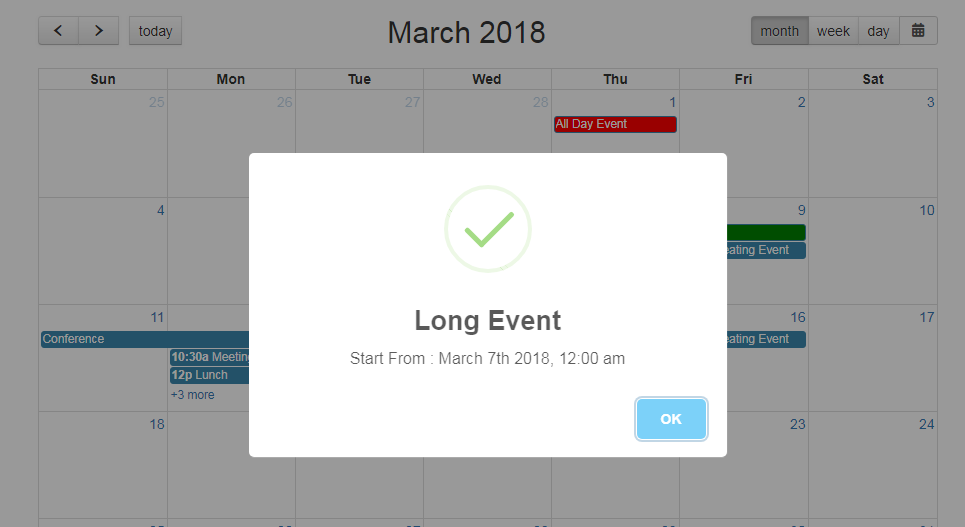Author: therichpost
-
How to implement Full Calendar in Angular 9?
Hello to all, welcome to therichpost.com. In this post, I will tell you, How to implement Fullcalendar in Angular 9? FullCalendar has been update to version 5 so please check below link: Post Working: I am showing javascript fullcalendar in angular9. In this post, I will implement Fullcalendar in Angular 9 with the help of…
Written by
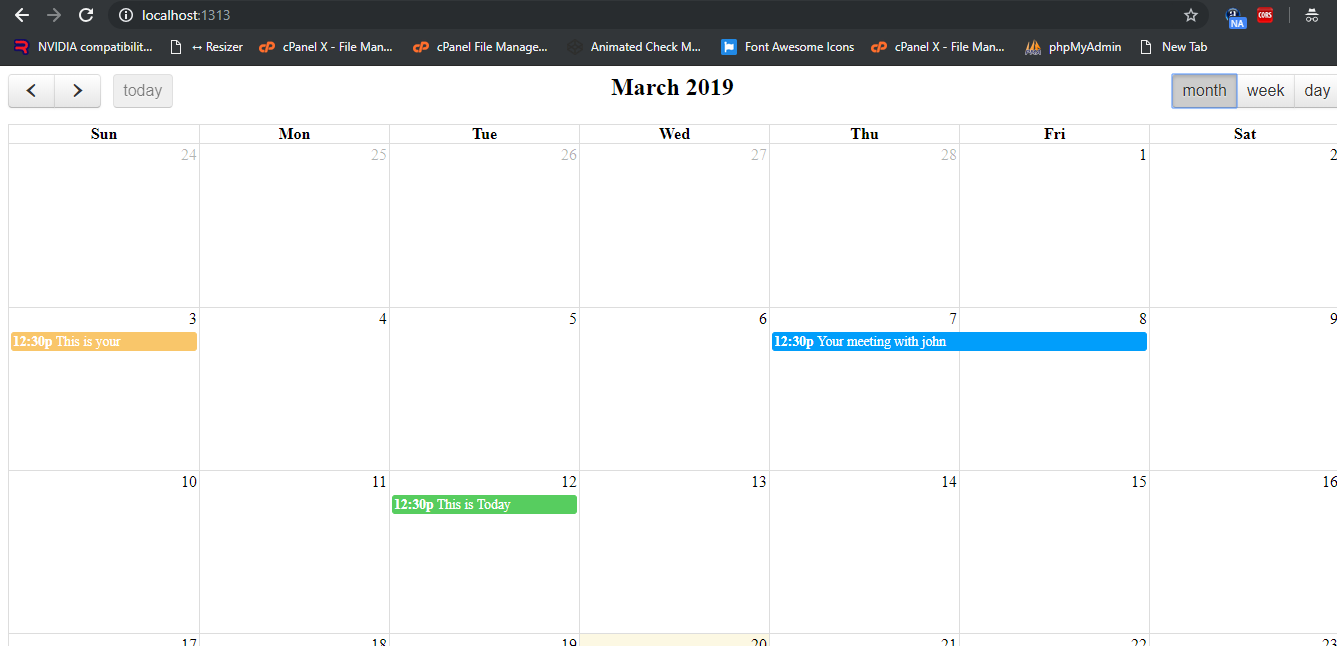
-
Angular 9 Datatables working example
Hello to all, welcome to therichpost.com. In this post, I will tell you, Angular 9 Datatable Working Example. Angular 12 has just launched and it is in very high in demand. Angular 12 increased his performance speed. I am showing the data in Datatables with custom json data and also for giving good look to…
Written by

-
Angular 9 owl carousel with Node Js backend
Hello to all, welcome again on therichpost.com. In this post, I will tell you, Angular 9 owl carousel with Node Js backend. Post Working: In this post, I am implementing Owl Carousel in Angular 9 and showing images in that slider with Node js backend. Here is the working video from where you can get…
Written by
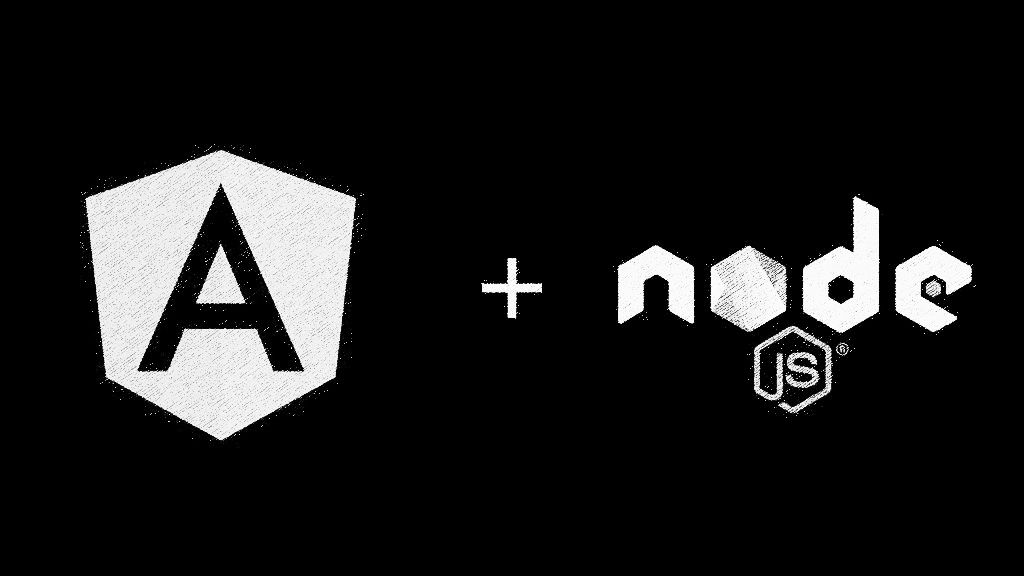
-
Angular 9 Google Maps working example
Hello to all, welcome to therichpost.com. In this post, I will tell you, Angular 9 Google Maps working example. Post Working: I am showing google maps in Angular 9. Here is the complete code snippet and please follow carefully: 1. Very first, here are common basics steps to add angular 9 application on your machine:…
Written by
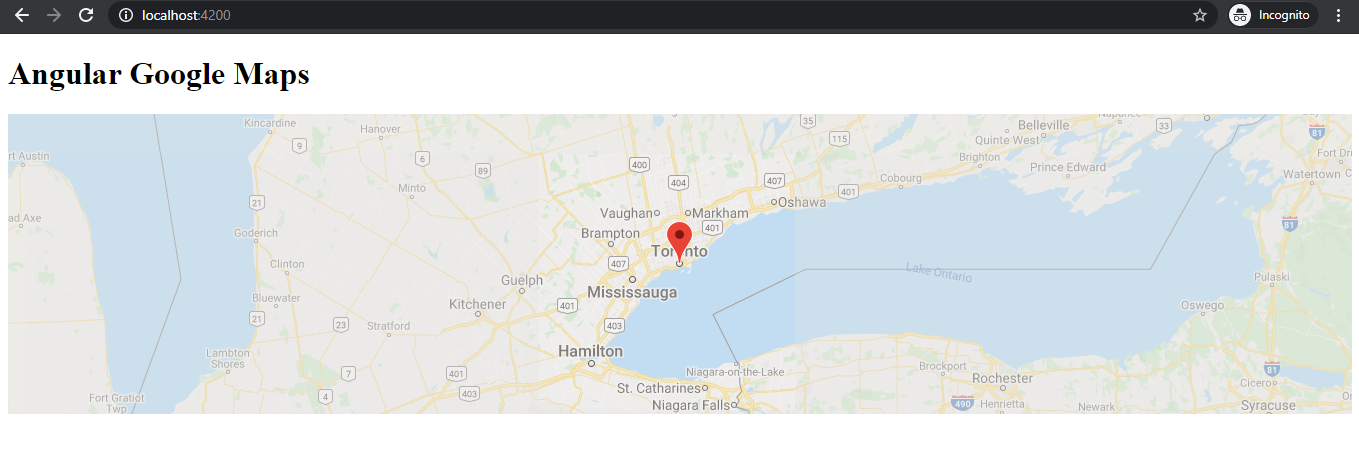
-
Angular 9 image cropper working example
Hello to all, welcome to therichpost.com. In this post, I will show you, Angular 9 image cropper working example. Post Working: In this post, I am showing how to crop image in Angular 9. Here is the working code snippet and please follow carefully: 1. Very first, here are common basics steps to add angular…
Written by
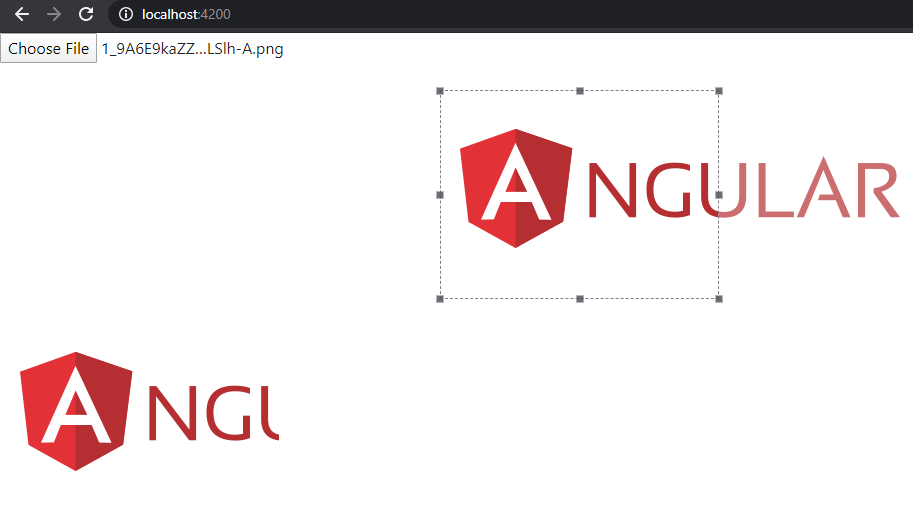
-
Angular 9 with mysql database working example
Hello to all, welcome to therichpost.com. Today in this blog post, I am going to tell you, Angular 9 with mysql database working example. In this post, I am getting the data from pup MySQL database into my angular 9 application and we can use this same code snippet for angular latest versions as well..…
Written by

-
Angular 8 skeleton loader during API call
Hello to all, welcome again on therichpost.com. In this post, I will tell you, Angular 8 skeleton loader during API call. Post Working: In this post, I am showing skelton loader in Angular 8 during API call. Here is the working code snippet and please follow carefully: 1. Very first, you need to run below…
Written by
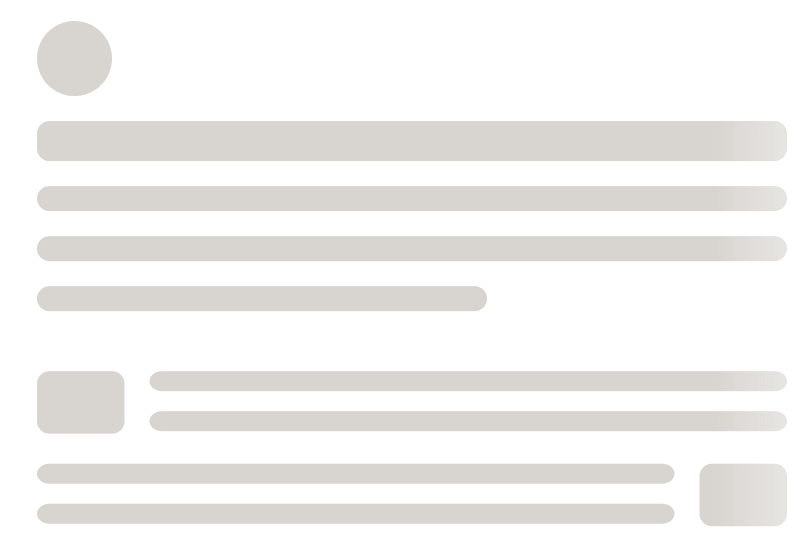
-
Angular 8 circle progress bar during api call
Hello to all, welcome again on therichpost.com. In this post, I will tell you, Angular 8 circle progress bar during api call. Post Working: In this post, I am showing progress bar loader in Angular 8 during API call. Here is the working code snippet and please follow carefully: 1. Very first, here are common…
Written by
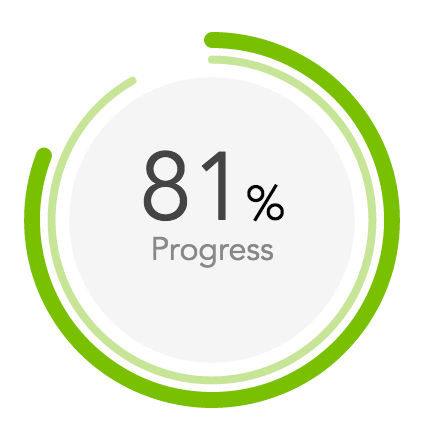
-
Angular 8 Mxgraph working example
Hello to all, welcome to therichpost.com. In this post, I will tell you, Angular 8 Mxgraph working example. Post Working: In this post, I am intigerating MxGraph in Angular 8. Here is the working code snippet and please follow carefully: 1. Very first, here are common basics steps to add angular 8 application on your…
Written by
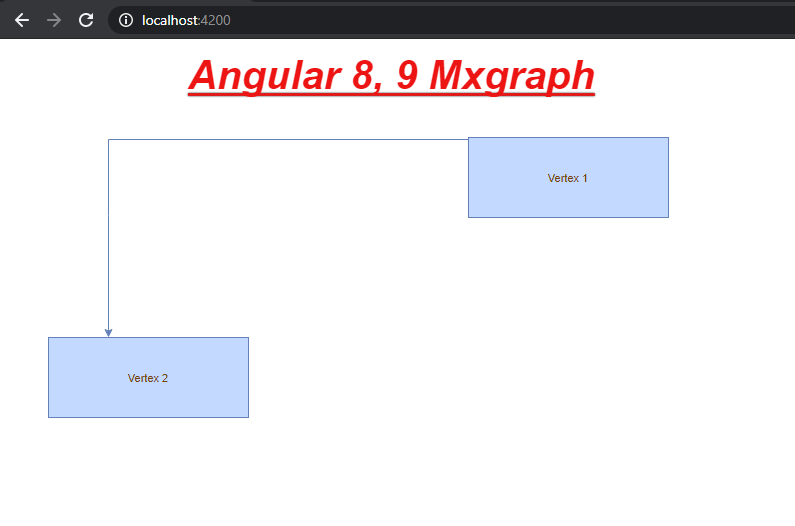
-
Angular 8 Sweetalert working example
Hello to all, welcome again on therichpost.com. In this post, I will tell you, Angular 8 Sweetalert working example. Post Working: In this post, I am showing sweetalert in Angular 8. Here is the working code snippet and please follow carefully: 1. Very first, here are common basics steps to add angular 8 application on…
Written by
